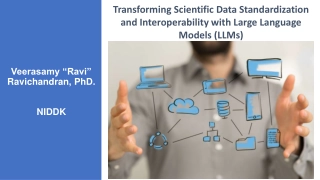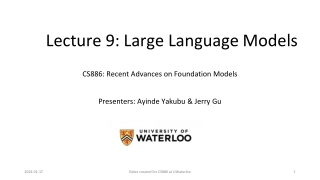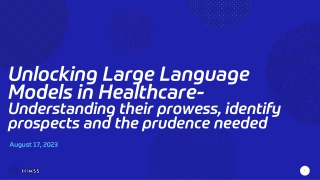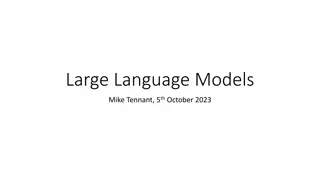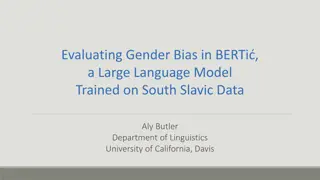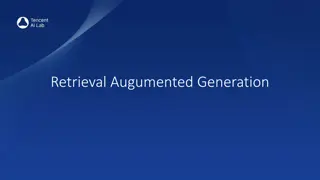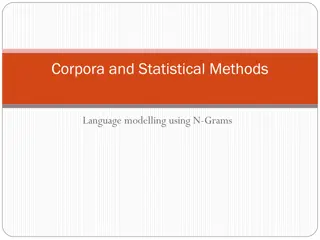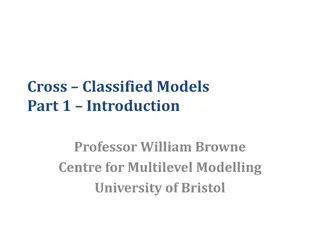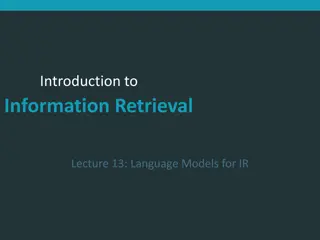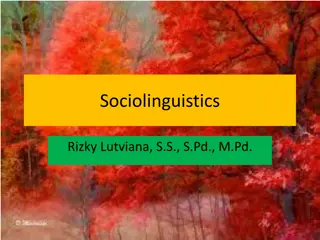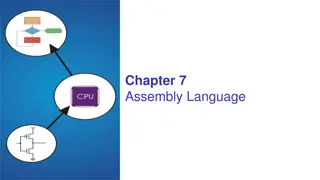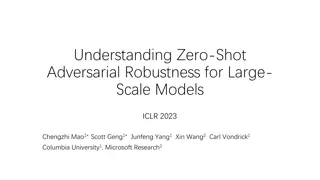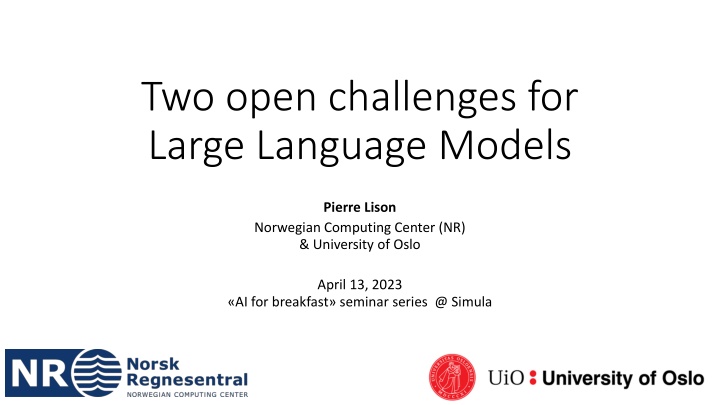
Unveiling Challenges and Opportunities in Large Language Models
Explore the complexities surrounding large language models, such as factuality and control issues, and discover their wide-ranging applications in document intelligence, content creation, and interactive systems while considering limitations and regulatory aspects.
Download Presentation

Please find below an Image/Link to download the presentation.
The content on the website is provided AS IS for your information and personal use only. It may not be sold, licensed, or shared on other websites without obtaining consent from the author. If you encounter any issues during the download, it is possible that the publisher has removed the file from their server.
You are allowed to download the files provided on this website for personal or commercial use, subject to the condition that they are used lawfully. All files are the property of their respective owners.
The content on the website is provided AS IS for your information and personal use only. It may not be sold, licensed, or shared on other websites without obtaining consent from the author.
E N D
Presentation Transcript
Two open challenges for Large Language Models Pierre Lison Norwegian Computing Center (NR) & University of Oslo April 13, 2023 AI for breakfast seminar series @ Simula
Large Language Models? = Machine learning systems optimized to predict the next word in text Deep neural network (Transformer architecture) with many billions of parameters Trained on huge collections of texts crawled from the web (Wikipedia, books, web fora, etc.) As a by-product of this guessing game , the neural model will gradually build up representations of both linguistic and world knowledge This model can then be adapted for various text processing tasks (generate answers in a dialogue, follow instructions, summarize texts, etc.)
Challenge 1: Factuality Language Models are optimized to produce plausible texts, not necessarily correct ones! Incorrect answers may come from the training data, which may contain various types of errors or disinformation Active research on knowledge- augmented language models But language models may still hallucinate with a perfect training set! = language models able to draw information from external knowledge sources And often do so in an overly confident tone
Challenge 2: Control Language Models are black-boxes : we don t really understand why they generate a given response Three ways we can steer the model towards a desired behavior: Prompting with specific instructions Fine-tuning (= further training) on task-specific data Reinforcement learning (reward good responses and punish bad ones) But the model may still behave in unpredictable ways Side problem: How to delete information from a language model? (cf. GDPR s right to be forgotten)
Take-home messages Large Language Models are powerful tools that can be applied to a wide array of language processing tasks: Document intelligence : information extraction, classification, filtering Content creation: writing assistance, summarization, co-pilots Interactive systems: chatbots, question-answering, personal assistants But we also need to be aware of their limitations And start discussing how to regulate their deployment (notably in terms of accountability, transparency & data protection)

